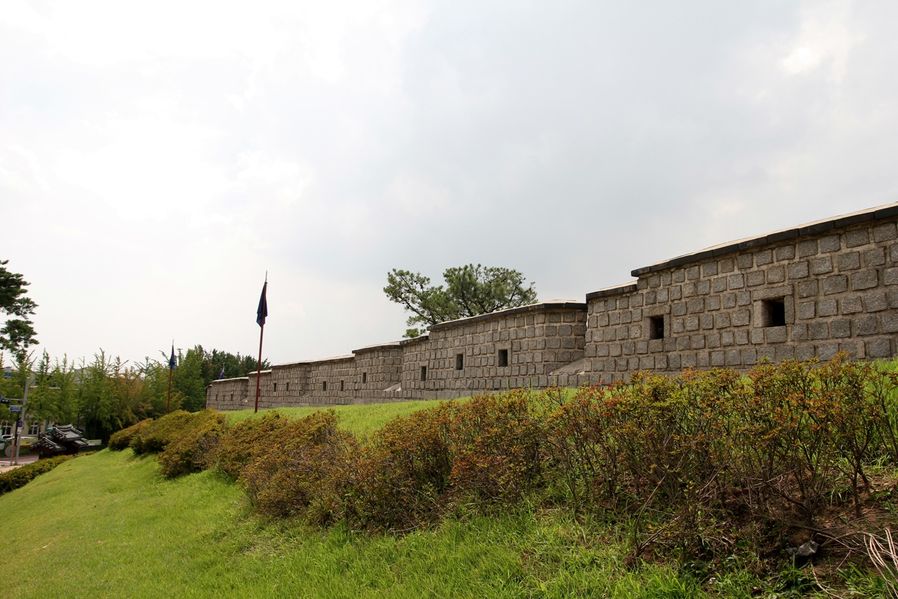-
Start
-
Gwanggyo Reservoir
-
Hwaseong
-
Hwaseong Haenggung
-
Janganmun
-
Suwon Chicken Alley
-
Haegungdong
-
Paldalmun
-
Finish
UNESCO World Heritage 'Suwon Hwaseong Fortress' 수원화성
Let's take walk in Suwon Hwaseong Fortress that's keeping its frameworks for 200 years. If you take a look around the whole castle, it takes two and a half hours and if you take Hwaseong train in the middle, it's only gonna take about one and a half hours.

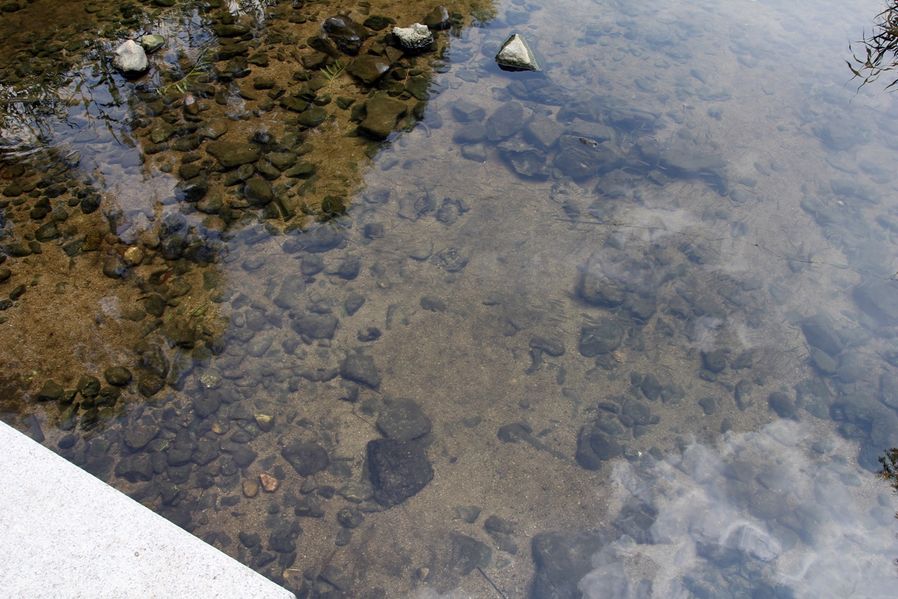
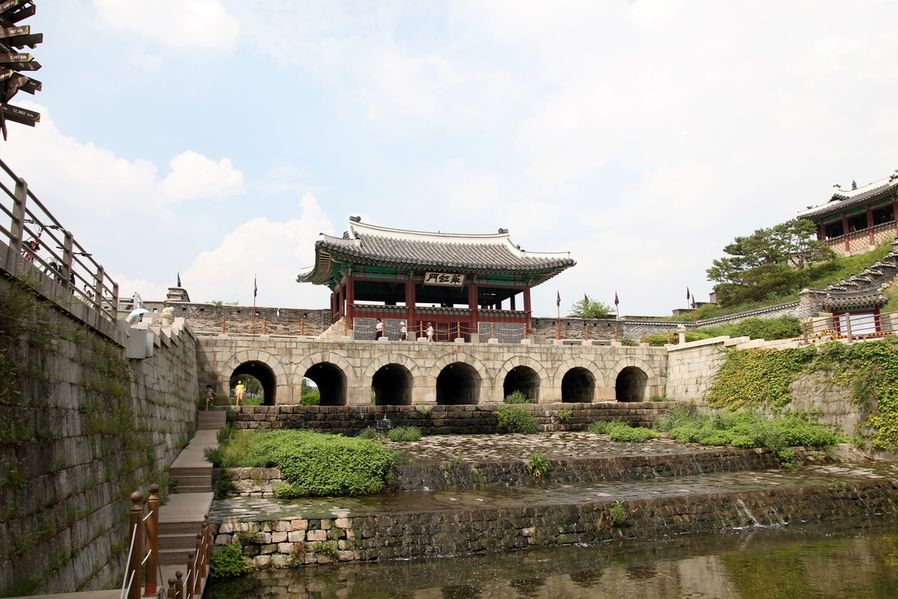
The river didn't have much water just like Gwanggyo Reservoir because it didn't rain much this summer. If it rains like ordinary years, it would heavily flow and I miss it.

But thanks to fountain, rainbows are always there in the sky.


This is Banghwasuryujeong(訪花隨柳亭) behind the Hwahongmun in the photo above. This is a building for military purpose such as 'surveillance and control of neighborhood' and as a pavilion, which is a very creative building that you can't see anywhere else.
Banghwasuryujeong is much more beautiful if you look at it among lotus outside the castle. In spring, it makes a great view with all those royal azalea bloomed around the area.
This is designated as Treasure No. 1709 for it's a valuable data that shows you the architectural techniques in the 18th century.

Suwon Hwaseong ramparts look so beautiful from outside. I've been here in four seasons and flowers in spring, blue grass in summer, dried leaves in autumn, and snow in winter all make it a beautiful place.

I'll take a walk along the rampart. There's no uphill or downhill so it's not going to be so difficult.


Looking back the rampart is really beautiful, isn't it? That projecting structure is a building called Poru(砲樓) where they attacked enemies approaching the castle shooting guns(cannon).
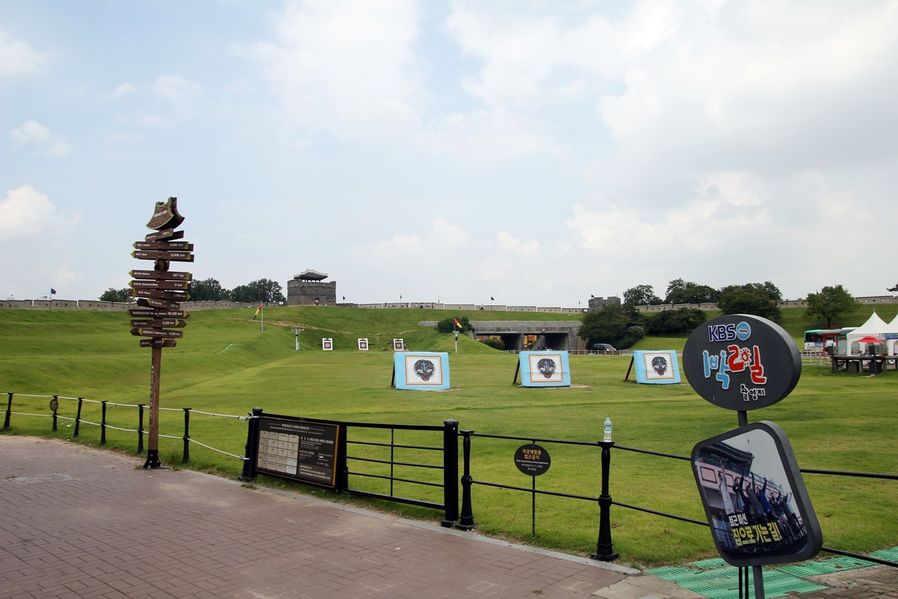

I was curious about archery so I tried it. I got 10 shots and it costs 2,000 won. It's allowed for older than elementary schooler, that is older than 7 years old.


We kept walking until we got to Seojangdae. If your legs or other parts are uncomfortable, you should take Hwaseong Train and fly, it will be fun.



Walking a while past the Dongjangdae, you'll see Changryongmun(蒼龍門), east gate of Suwon Hwaseong Fortress. Sadly, it was collapsed in the Korean War and reconstructed in 1975.

Everything in Suwon Hwaseong Fortress has a person's name on it. Who made it and how did they make it was recorded on everything. So inside the castle gate, the names of people who made this Changryongmun were written on it. Other gates and ramparts were not an exception. Their spirit to record history is much better than our generation.



The picture above is I took outside the rampart on my way to Seojangdae in this spring and I'm going to compare. Normal ramparts consist of big and small stones. What do you think was used to break big stones into small ones?

They broke the rocks like this. You make a hole on a big rock with a chisel, put wooden piece inside and pour water. Then the wooden piece expands and the rock breaks into pieces. Amazing idea, isn't it?
After all those works, Suwon Hwaseong Fortress was under construction from Jan. 7, 1794 till Sep. 10, 1796. This 5.3km length castle was built in 2 years and 6 months which was the shortest period of time in the world's history. How do you think they did it this quickily?
At that time, they all expected it would take 10 years but the reason why they could build this castle that fast was because they paid the 100% of wages to the workers. The government officials suggested that they should hire Buddhist monks and the people to make this castle but the King Jeongjo was opposed to the idea and commanded the supervisors to pay the reasonable wages to all the workers.
Not only did he offer winter clothes and hats for workers in winter, he also paid the workers who only worked for a quarter of a day for what they had done. He even provided medical cares for wounded people which was impossible to think at that time. Not to mention the workers were happy with wages, they also started to work in pride because they felt treated well. That's why the Jeongjo is called the Great King Jeongjo of Joseon Dynasty after he died.

If you walk along the uphill a little after you pass Paldalmun, you'll see a small SeonamAmmun(Southwest Ammun). SeonamAmmun is a Ammun in the southwest, and Ammun is a small gate on the rampart to deliver resources into the castle without the enemies knowing it, and when it's under attack, they could collapse it to block the gate to avoid enemies getting in.
Unlike other Ammun, you'll see a long path inside SeonamAmmun and there's Hwayangru(華陽樓) at the end. Hwa(華) indicates Suwon Hwaseong Fortress, and Yang(陽) means south where the sun shines. That is, Hwayangru refers to a pavilion in the south of the castle.
What do you think the flags on both sides mean? You'll see different colored flags in Suwon Hwaseong Fortress and each color indicates the unit that the soldiers blocking the area belongs to. Which means, it shows which troop is protecting each area.



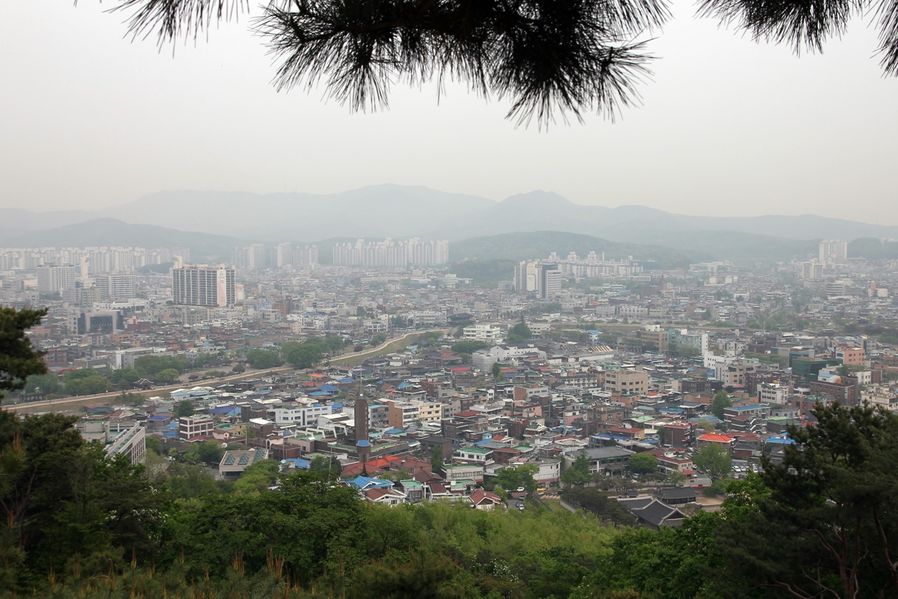
Address : 190, Yeonmu-dong, Jangan-gu, Suwon-si, Gyeonggi-do (경기도 수원시 장안구 연무동 190)
Telephone : 031-251-4435
Suwon Mandu 수원만두


Suwon Mandu has been cooking Chinese cuisines since all the employees were overseas Chinese. Don't be frustrated that you can't see Jjajangmyeon or Jjamppong and have an open mind that you could eat exotic food in Korea. So we ordered the famous Gunmandu(fried dumplings), Dandantangmyeon for my wife and Japchaebap(rice with stir-fried glass noodles and vegetables) for me.

Firstly, Japchaebap was served. You could easily find Japchaebap in any Chinese restaurant so I wanted to see if it's different from any. First, the noodles look clear not soaked in black soy sauce nor did it have strong scent of pepper like usual, so I say it looked totally different.


This is broth served with Japchaebap. I thought it was deonjangguk but it's beef soup salted with soy sauce and Chinese spices. Spicy and salty soup goes with plain Japchaebap so well.

The secondly served dish was Dandantangmyeon that my wife ordered. You might know it as Tantanmyeon. It's hard to find in Korea except in Seoul but as she first tried it at Crystal Jade during the trip to Hong Kong, she always orders it whenever she goes to Chinese restaurant in Korea.


You're going to have to taste the soup first. I could feel the strong taste of nuts. It might be oily so spicy pepper sauce, fresh seafoods, cabbages and bok choy were put in the soup which is refreshing. If you first taste it, it might disgust you to eat warm peanut soup, not cold one. In fact, the peanuts tasted so strong and sweet so I feel like I was eating peanut snacks and I didn't like it very much. But my wife said it's addictive and put her head down, kept eating it like a zombie.

Noodles were regular ones in Jjamppong. Properly chewy and soft.

Ta-ta!! Finally the special menu at Suwon Mandu!! The dumplings that have made it possible to keep going for 40 years!! Fried dumplings were served.

Suwon Mandu had fried dumplings, boiled dumplings and water dumplings depending on the way they cook them with same ingredients. The most popular one is fried dumpling though.

It has crushed meat and chives inside, and the taste is not so strong yet aromatic that it's not oily or cheesy at all even if it's cooked in oil. Oh, the skin was special as well. They made every dumpling skin with hands, so it's chewy. When you bite, you could feel gravy leaking from crispy and chewy skinwhich tasted very good and plain.

On our way out after a satisfying meal, what an old item, abacus! It's not for decoration but the owner was using it at the counter. The owner spoke fluent Chinese since it's a Chinese restaurant so even the abacus made me feel like I'm in an antic shop.
Suwon Mandu is not a regular Chinese restaurant in Korea but a real Chinese restaurant run by overseas Chinese where you could taste Chinese cuisines at a reasonable price. Especially, it's close to many tourist sites, Hwaseong Haenggung, Suwon Hwaseong Fortress and Haenggungdong Mural Painting Village, where you could have meals after tour, so it's a must-eat restaurant that I strongly suggest!
Address : 5-2, Paldal-ro 1-ga, Paldal-gu, Suwon, Gyeonggi-do (경기도 수원시 팔달구 팔달로 1가 5-2)
Contact : 031-255-5526
Operating Hours : 11:30~ 21:30, No holidays












